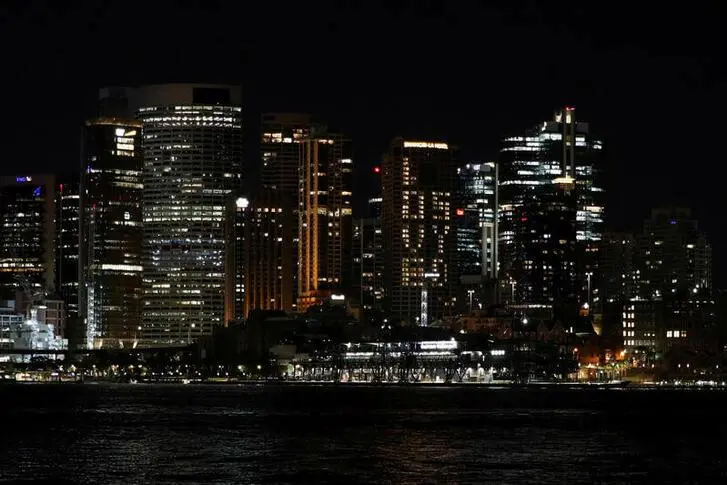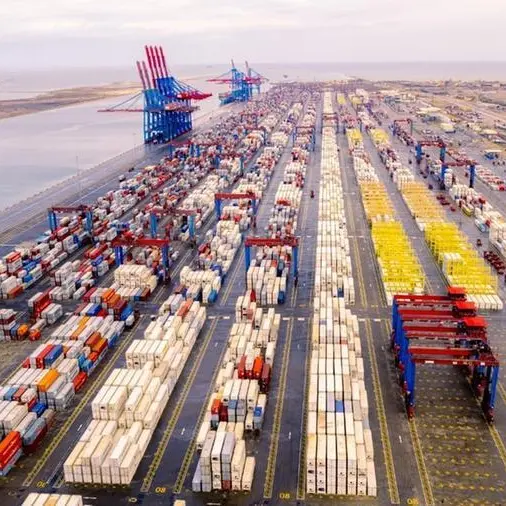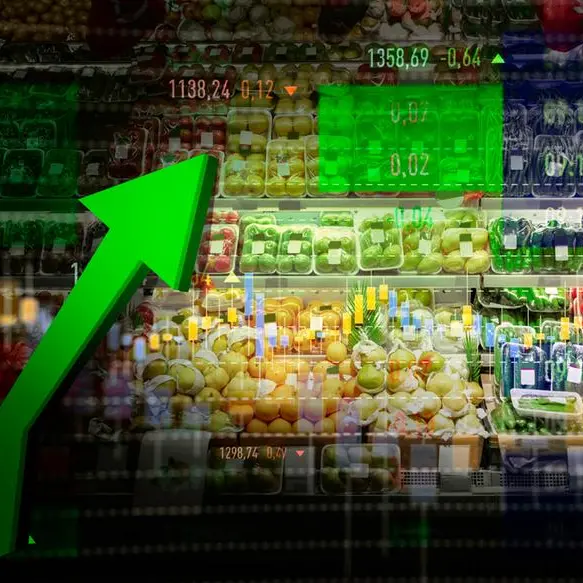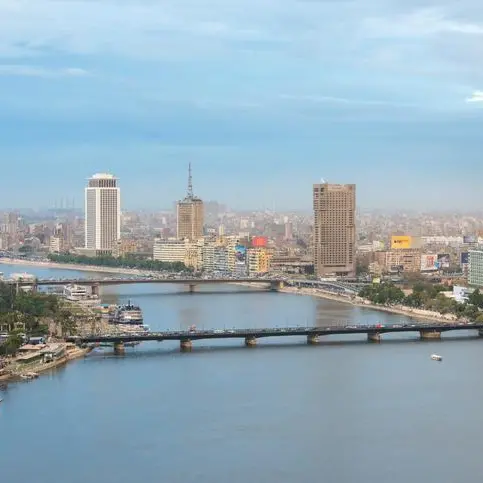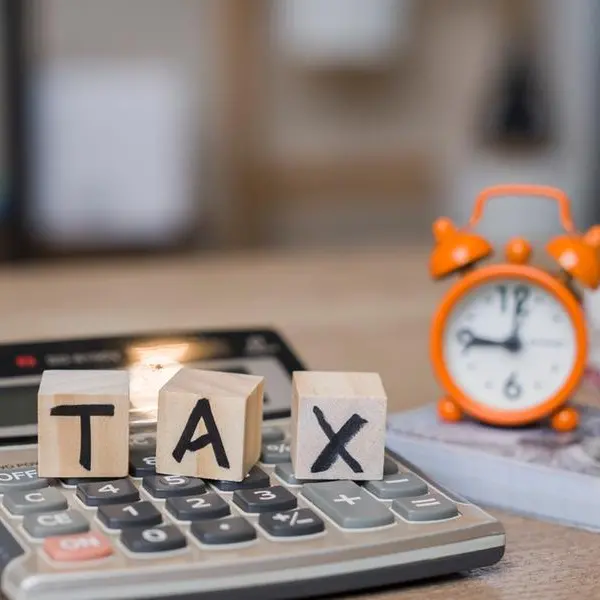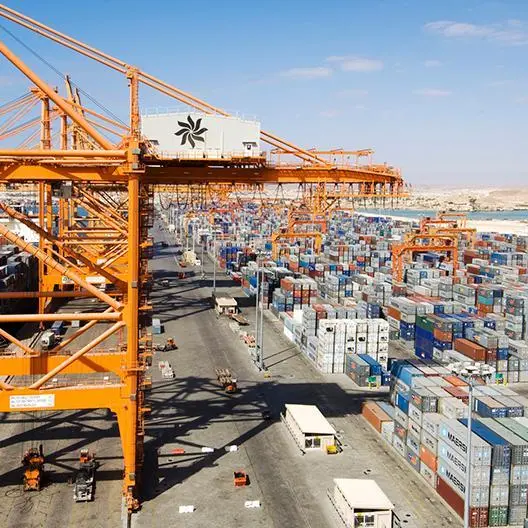PHOTO
SYDNEY - Once Australia removes most social distancing restrictions by July, its economy will be boosted by A$9.4 billion ($6.15 billion) each month, Treasurer Josh Frydenberg will say on Tuesday in a speech updating lawmakers on his budget planning.
Australia's Prime Minister Scott Morrison said last week social distancing restrictions imposed since March will be eased in a three-step process, as Canberra aims to remove most curbs by July and get nearly 1 million people back to work amid a decline in coronavirus cases.
Frydenberg will lay out some of the economic benefits of the relaxations in restrictions in his speech, extracts of which were provided in advance to media.
"As a result of easing the restrictions in line with stages one, two and three, GDP will increase by A$9.4 billion each month," Frydenberg said in the prepared remarks.
He expected an immediate boost of A$3.1 billion each month during the first phase, which is expected to start late this week, when nearly all states have said they will begin reopening their economies - including the partial restart of cafes and restaurants.
In Australia, the treasurer would usually present the government's annual budget proposals on the second Tuesday in May, but because of the unfolding impact of the coronavirus epidemic the government has said it will delay the budget until October.
Due to the forced closure of much of Australia's economy, Morrison's conservative government has had abandon its long-term pledge of delivering the country's first budget surplus in more than a decade.
While the lockdown measures have successfully prevented local hospitals being swamped by coronavirus patients, they have taken a devastating toll on the economy.
Australia has recorded about 7,000 cases of coronavirus and 97 deaths from the virus, significantly below the levels reported in the United States, Britain and Europe.
In a bid to stave-off a prolonged economic depression, Australia's government and central bank pledged to inject A$320 billion into the country's economy.
To fund the staggering fiscal package, Australia may have to borrow more than A$300 billion over the next 15 months - 15% of annual economic output, and Frydenberg will say a period of economic austerity will be needed in the future.
"Clearly there will significant increase in Government debt which will take many years to repay," Frydenberg said in the prepared remarks.
"Australians know there is no money tree. What we borrow today, we must pay back in the future."
The bulk of the financial aid goes toward funding the government's scheme to subsidise the wages of about 6 million locals that keeps them out of unemployment statistics.
But still about 10% of the country's labour force is also expected to be without a job this year.
The government expects about 850,000 people will return to work once the third phase or relaxation on social distancing restrictions is implemented. ($1 = 1.5295 Australian dollars)
(Editing by Simon Cameron-Moore) ((colin.packham@thomsonreuters.com; +61-2 9321 8161; Reuters Messaging: colin.packham.thomsonreuters.com@reuters.net))
